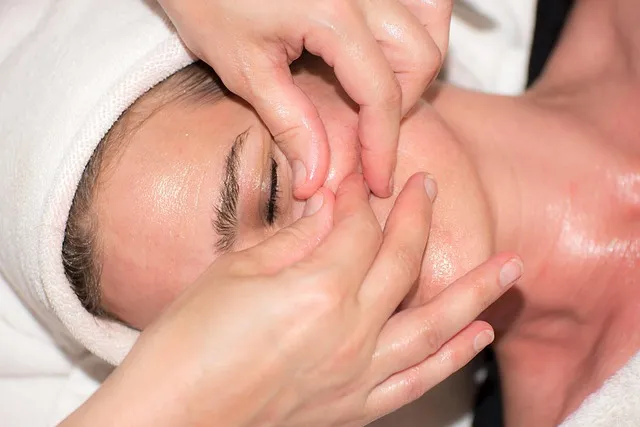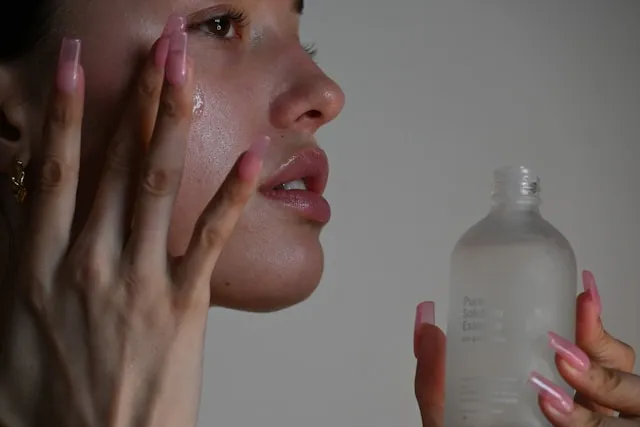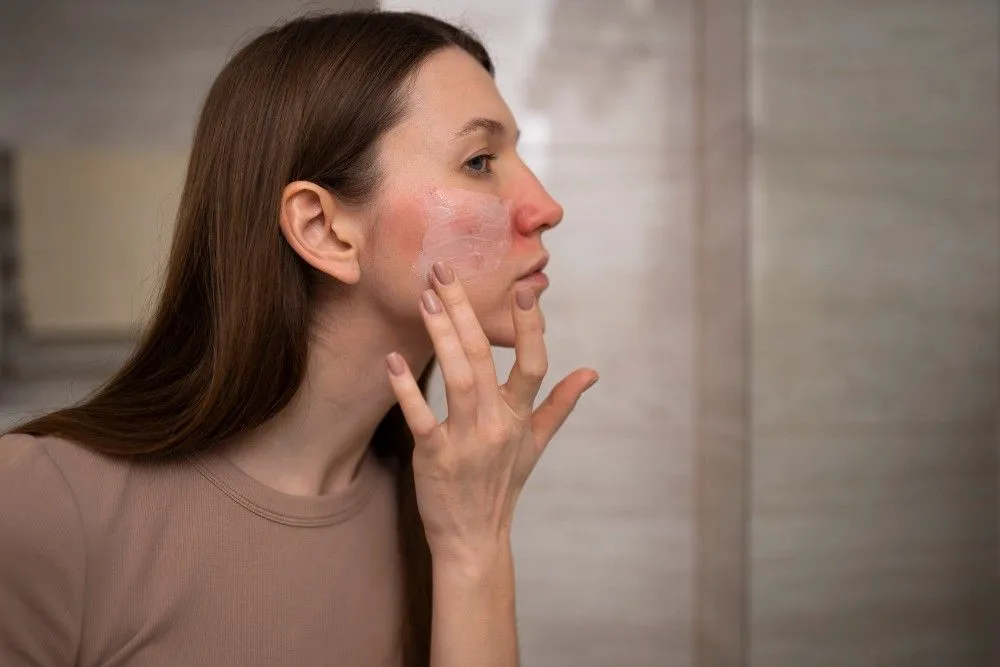What are Chemical Peels?
A chemical peel is a skin treatment technique used on the skin of face, neck, chest and hands. It involves the application of chemicals to make the damaged skin, at the surface level, wear off. This causes the smooth underlying skin layer to take its place and also promotes the natural healing and regeneration of the skin. Based on their strengths, Chemical Peels can range from superficial to deep peel.
How do Chemical Peels work?
The application of chemicals on the skin causes controlled damage to the dead tissues. These superficial wounds are then repaired by the body through its natural processes making the old skin peel off and the skin that takes its place is smoother and free from wrinkles to a great extent.
Which skin conditions do Chemical Peels treat?
Chemical Peels treat:
- The fine lines in the regions that surround the mouth and also the regions under the eyes
- Face wrinkles
- Certain types of acne and their scars
- Spots due to ageing and dark patches
- Sun burnt skin
- Drooping skin
- They improve the look and texture of skin making it feel softer and younger
Who is a good candidate for Chemical Peels?
Those who are light-haired and have a fair complexion are a good candidate for Chemical Peels. Dark skinned people may get good results too but they are more prone to having an uneven skin tone after the peel. Severe skin problems such as deep wrinkles, skin sags and bulges, require more advanced surgical treatment and can seldom be cured with a Chemical Peel.
Who performs Chemical Peels procedure?
A Chemical Peels procedure is performed by dermatologists or doctors in their offices or surgical centers after consultations and thorough examination of the patient's skin and their medical history. Certain beauty parlors also offer these services but they often lack the necessary facilities. The home Chemical Peel kits are also available in the market but they can cause severe burning or scarring if not used properly. It is best if they are used under medical supervision to prevent any accidents or side effects.
How is Chemical Peel procedure performed?
The first step to a Chemical Peel procedure is deep cleansing. This is done by exfoliating the skin or performing a microdermabrasion treatment to completely remove surface oil and dirt in the skin to allow for proper penetration of the chemicals. At the next step, solutions like glycolic acid, trichloroacetic acid, salicylic acid, lactic acid, or carbolic acid (phenol) are applied to minute areas of the skin to create a wound that is quite controlled. This application of chemicals causes a burning sensation that lasts for about five to ten minutes; the skin stings after that. Cool compresses and pain killers relieve the patient, especially after a deep peel.
How long Chemical Peel procedure last?
The main procedure of applying chemicals is brief and does not even require an overnight stay. However, medium and deep peels require a 2-4 weeks skin care routine before the peel to avoid side effects and deliver best results. After the procedure, the skin peels off and it takes about 14 days for the new skin to appear. The time required for the skin to heal depends on the type of the peel. Deep peels usually take 14-21 days to heal and the skin needs to be bandaged.
Is Chemical Peel treatment painful?
The Chemical Peel treatment does sting but it is not that the pain is unbearable. Chemicals such as alpha-hydroxy, glycolic, lactic or fruit acids are mild and are used in gentle peels. They are known to cause redness, irritation, stinging and crusting but the skin eventually adapts to the change, causing the pain to lessen. Stronger peels that use Phenol and trichloroacetic acids, sting much more and cause redness, swelling and irritation. Application of creams or gels, and prescribed medication is known to reduce these effects.
What should one expect after Chemical Peels procedure?
After the Chemical Peels procedure, the skin turns red due to inflammation. The redness is followed by scaling which ends in about 3-7 days. The effect experienced depends on the type of peel chosen and is often similar to sunburn; mild irritation persists for some time after the treatment but the skin adapts soon. The Superficial Chemical Peel procedure, if required, can be performed again within 1-4 week intervals to achieve the desired results. Medium and deep peels take 7-14 days to peel off and can be repeated only after 6-12 months, when required. The new skin so formed is sensitive to sun; it is advisable to use sunscreen and avoid sunlight, whenever possible, for a few months.
How many Chemical peels procedures are required?
It is recommended to get a consultation with one's dermatologist regarding the number of peels that may be required to get rid of the various skin problems. Superficial peels are usually performed 4-5 times for best results and their effect is known to last for a year. These Chemical Peels procedure can be done only after a month's gap from the previous peel. However, those who suffer from acne can get it done every two weeks for desired results. The effects of deep peels are known to last for much more than one year.
What are the care instructions after Chemical Peels procedure?
The care instructions depend on the type of the peel:
Superficial peels need 1-7 days to heal. To aid the process, lotion or cream should be applied. Since the skin becomes more sensitive to sun, it is also required to use sunscreen on a daily basis. Make up may be worn the next day.
Medium peels take 14 days to heal and the skin condition worsens for two days. It is required to soak the skin every day for a prescribed duration and follow it with the application of ointment. For these 14 days, antiviral medication is also taken and mild lotion or cream is applied to reduce skin irritation. It is essential to completely avoid the sun for this specific time. Also make up can only be worn after 5-7 days. To make sure that the skin is healing properly, a follow up appointment is necessary.
Deep peels require 14-21 days to heal. The skin is bandaged after the procedure and needs to be soaked 4-6 times a day, daily, for the next 14 days, followed by ointment application. Later a thick moisturizer is applied to soothe the dry skin; mild lotion or cream may be applied too for relief. Antiviral medication must be taken on all 14 days and any make up can be done only after this entire period. Many follow up appointments would be necessary to keep a check on the treatment.
It is essential to avoid sun exposure and smoking after the peel to avoid side effects.
How long do Chemical Peel results last?
The results of Superficial Chemical Peel last for at least one year. However, protection from harmful sun rays can prolong the life of this new skin. Since medium and deep skin peels, penetrate deep into the skin, they are more effective making the results last for many years.
What are the side effects of Chemical Peels?
The side effects include: Temporary or permanent change in skin color - Chemical Peel causes alteration in skin color of certain patients. Women who take birth control pills, who eventually become pregnant or those who have a history of brownish facial discoloration are more prone to this side effect. Scarring - There are people who are more susceptible to scarring but there are also ways using which this problem can be treated with satisfying end results. Reactivation of cold sores - The condition can be treated or prevented using prescribed medication.
What is the cost of Chemical Peels?
The cost of Chemical Peel varies based on various factors such as the doctor's experience, the type of Chemical Peel used, the goodwill of the office and the place or country where it is being performed. The cost of the Chemical Peel is an aggregate of the following:
- Surgeon's professional fee
- Facility fee
- Anesthesia fee
- Medications
- Surgical garments
- Medical tests
Based on the strengths and type of the peel, the area it is applied to, and the other discussed factors, the cost can vary from $100 to $2000.

Reviewed by







